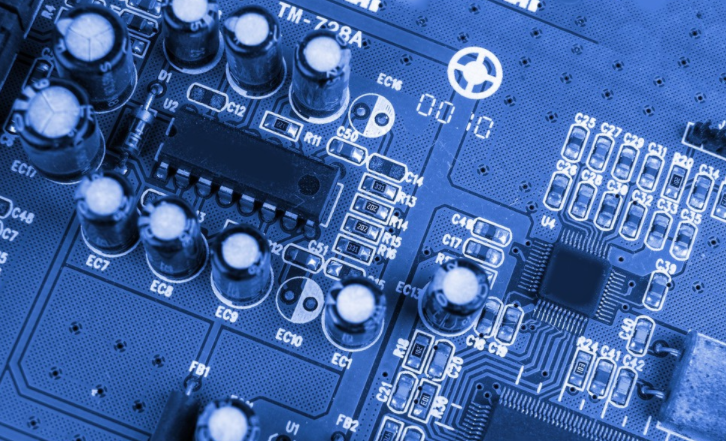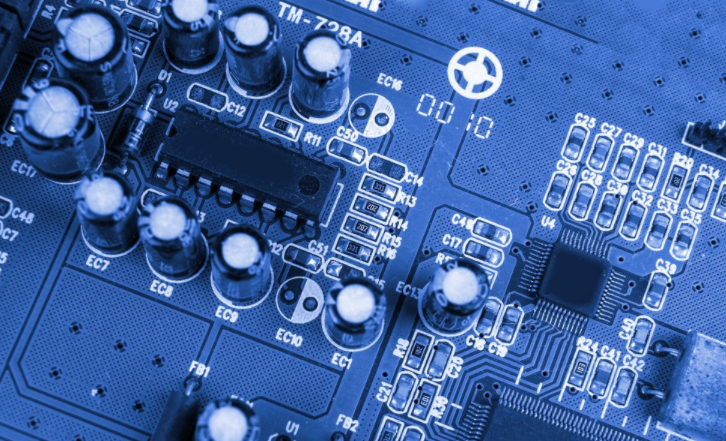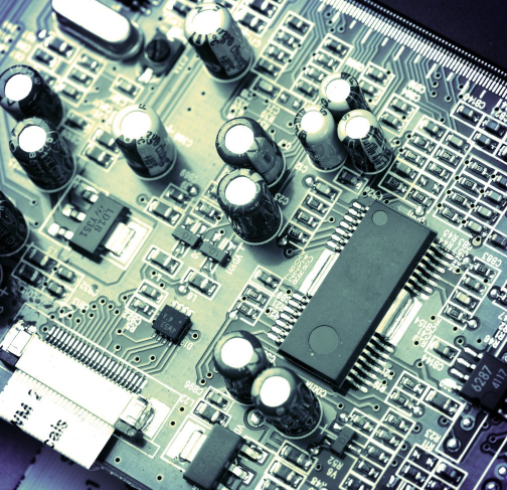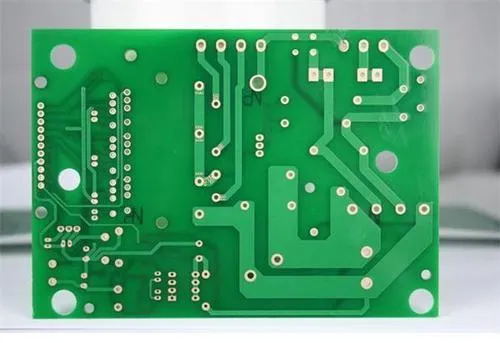

EMC PCB design skills
electromagnetic compatibility is closely related to this generation, transmitting and receiving electromagnetIC energy, and electromagnetic compatibility is not expected in the printed circuit board design Electromagnetic energy coMES from multiple sources mixed together, so special care must be taken to ensure that when different circuits, traces, through-hole, and PCB data work together, this variety of signals can be shared and do not involve each other Electromagnetic interference (EMI), the other hand in..., is a destructive effect that generates electromagnetic energy through electromagnetic compatibility or unwanted In the electromagnetic environment, the PCB designer must ensure that the electromagnetic energy of that generation is reduced, causing interference
PCB board

7. Prompt to avoid electromagnetic problems: PCB design
1. PCB grounding
An important method to reduce electromagnetic interference is to design the grounding plane of PCB. The first step is to make the grounding area within the total area of PCB board as large as possible, so as to reduce emission, crosstalk and noise. Special care must be taken when connecting each component to the ground point or ground plane, otherwise the neutralization effect of a reliable ground plane cannot be fully utilized.
The particularly complex PCB design has several stable voltages. Ideally, each reference voltage has its own ground plane. However, if there are too many grounding planes, the manufacturing cost of PCB will be increased, which will make the price too high. The compromise is to use grounding planes at three to five different locations, each of which can contain multiple grounding sections. This not only controls the manufacturing cost of the circuit board, but also reduces the electromagnetic interference and electromagnetic compatibility. If electromagnetic compatibility is to be realized, low impedance grounding system is very important. In a multilayer PCB, there is a solid ground plane, not a copper theft or scattering ground plane. Because of its low impedance, it provides a current path and is a reverse signal source. The length of time it takes for the signal to return to the ground is also important. The time of signal in and out of the source must be comparable, otherwise, when the radiated energy becomes part of the electromagnetic interference, a phenomenon SIMilar to the antenna will occur. In addition, the trace of current transmitted from the signal source should be as short as possible. If the source and return paths are not equal in length, there will be ground rebound, which will also cause electromagnetic interference. If the time of signal entering and leaving the source is not synchronized, a phenomenon similar to antenna will occur, radiating energy and causing electromagnetic interference
2. Distinguish electromagnetic interference
Due to different EMI, a good EMC design rule is to separate analog and digital circuits. Analogue circuits with high current intensity or current shall be far away from high-speed tracks or switching signals. If possible, they should be protected by an earth signal. On a multilayer PCB, the analog trace should be routed on one ground plane, and the switch or high-speed trace should be located on another ground plane. Recall that signals with different characteristics are separated. Low pass filter can sometimes be used to remove high-frequency noise coupLED with the surrounding track. The filter suppresses noise and returns a steady current. It is important to separate the ground plane of analog and digital signals. Since analog circuits and digital circuits have their unique characteristics, it is important to separate them. Digital signals shall have digital grounding, and analog signals shall terminate in analog grounding. In digital circuit design, experienced PCB layout and design engineers pay special attention to high-speed signals and clocks. At high speeds, signals and clocks should be as short as possible and adjacent to the ground plane, which, as previously described, keeps crosstalk, noise and radiation under control.
Digital signals should also be away from the power plane. If the distance is close, noise or induction will be generated, which will weaken the signal.
Crosstalk trace is the key
Traces are particularly important to ensure proper current flow. If the current comes from an oscillator or other similar device, it is particularly important to keep the current separate from the ground plane or not to parallelize the current with another trace. Two parallel high-speed signals generate electromagnetic compatibility and electromagnetic interference, especially crosstalk. The resistance path must be kept short and the return path must be as short as possible. The return path trace should be the same length as the transfer trace. For electromagnetic interference, one is called "trace of aggressors" and the other is "trace of victims". Due to the existence of electromagnetic field, the coupling of inductance and capacitance will affect the "victim" track and generate forward and reverse currents on the "victim" track. With this kind of pipe, ripples are generated in a stable environment where the transmission and reception lengths of signals are almost equal. In a well balanced environment with a stable trajectory, the induced currents should cancel each other to eliminate crosstalk. However, we live in an imperfect world, and such things will not happen. Recall that the goal must be to maintain the crosstalk level of all tracks. If the width between parallel traces is twice the trace width, the crosstalk effect can be reduced. For example, if the track width is 5.. Mils, the distance between two parallel tracks should be 10 mils or more. With the continuous emergence of new materials and components, PCB designers must continue to deal with electromagnetic compatibility and interference problems.
4. Decoupling capacitor
Decoupling capacitors can reduce the adverse effects of crosstalk and should be placed between the power supply and grounding pins of the equipment to ensure low AC impedance and reduce noise and crosstalk. In order to achieve low impedance over a wide frequency range, multiple decoupling capacitors should be used. An important rule of thumb for placing decoupling capacitors is to place value capacitors as close to the equipment as possible to reduce the inductance impact on the trace. The specific capacitor shall be as close as possible to the power supply pin or power trace of the device, and the bonding pad of the capacitor shall be directly connected to the through hole or grounding plane. If the trace is long, multiple through holes are used to form the grounding impedance.
5. Avoid 90 ° angle
In order to reduce electromagnetic interference, traces, through-hole and other components that form a 90 ° angle should be avoided, because the right angle will generate radiation. In this corner, the capacitance will be added, and the characteristic impedance will be changed, which will cause reflection and thus electromagnetic interference. To avoid a 90 ° angle, the trace should be routed to at least two 45 ° angles.
6. Save through holes
In almost all PCB board layouts, through holes must be used to provide conductive connections between different layers. PCB layout engineers need to be very careful, because through holes generate inductance and capacitance. In some cases, they also generate reflections because the characteristic impedance changes when a through-hole is formed in the trace. Also remember that the through-hole has a new trace length that needs to be matched. In the case of differential traces, through holes should be avoided as much as possible. If unavoidable, through holes should be used in both traces to compensate for delays in signals and return paths.
7. Cable/physical mask
C - bles are taken in g dig, it - l circu, its sum - one log, now s cre - te p - r, like it ic c - p - c, it - ce, and it - ce - c, which - c, which - c, use a lot of EMC rel in ed problems If a tw is ted p ir c ble, it is customary to keep the coupling number low. The elim is in the inside, and the result is in the field where g is magnetic F or high frequency signal s, the mask cable s must be used to having both this front and b one ck ground to eliminate electromagnetic interference The shield of the body is inside. g is that the package belongs to the whole or part of the system. It has a metal package to prevent EMI This shield behavior likes to turn off the conductive inclusion er and reduce the size of a tenna ring and abs or b inside g EMI
然后
聯系
電話熱線
13410863085Q Q

微信

- 郵箱










